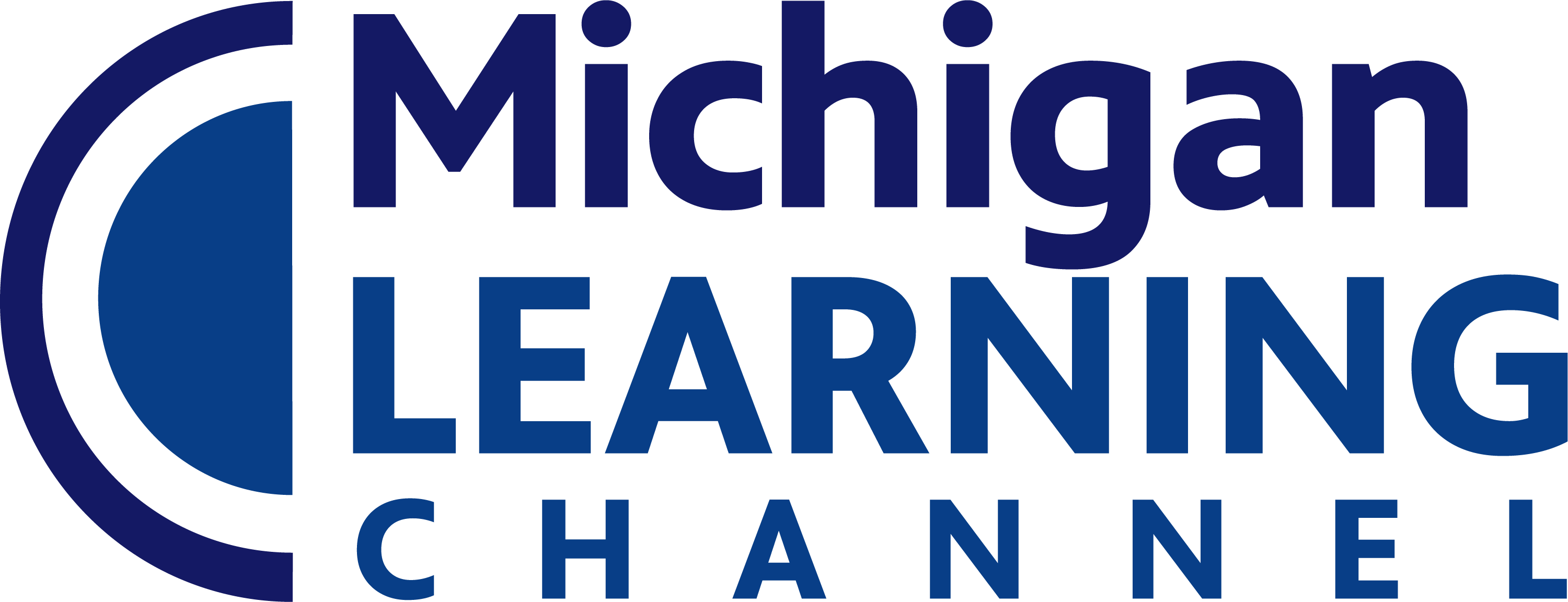Subjects
Shows
Analyze various uses of art globally, in media, business, technology, and industry.
Subjects
Shows
Analyze various uses of art globally, in media, business, technology, and industry.


